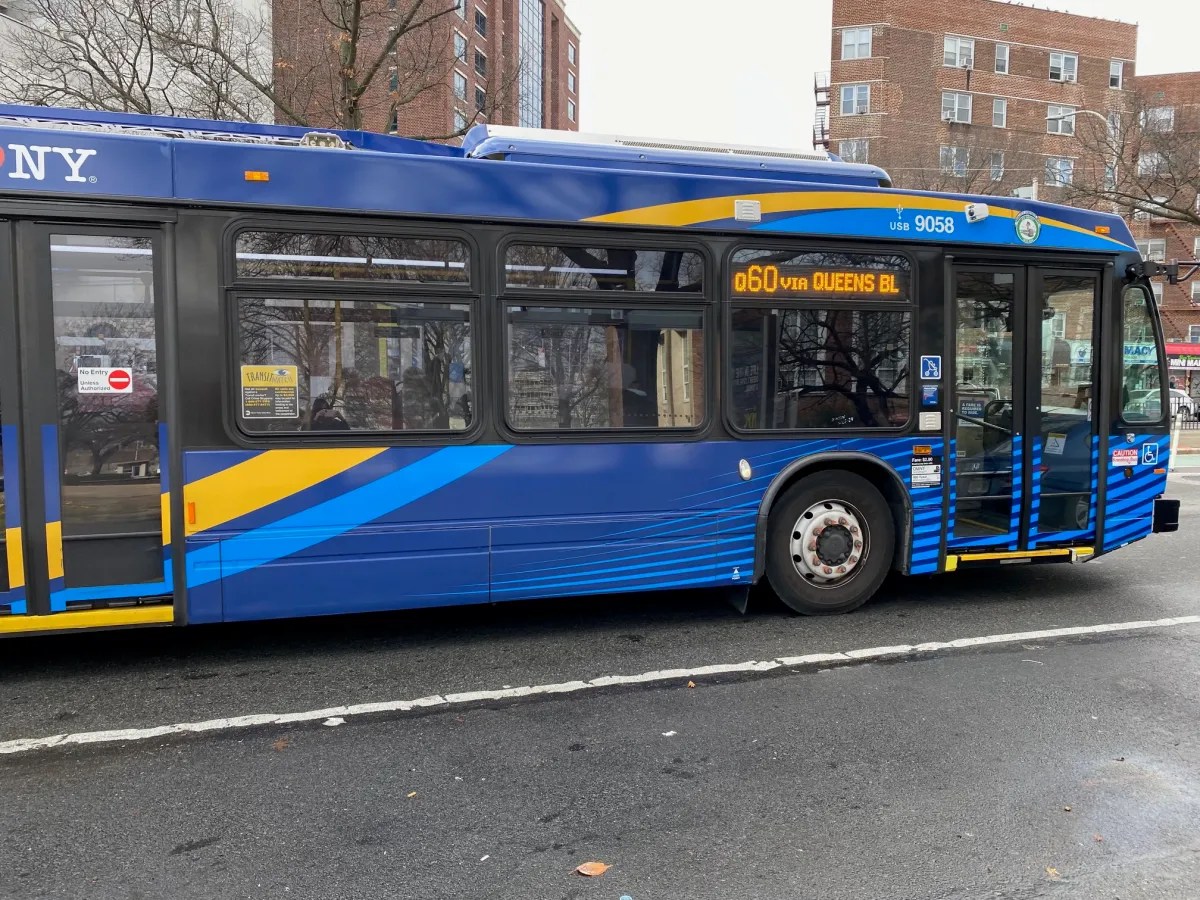Up to two extra miles of streets will be closed to cars and open for pedestrians and cyclists on May 7 as the de Blasio administration continues to facilitate social distancing to combat the spread of COVID-19.
Mayor Bill de Blasio, while reluctant to open streets through the height of the pandemic, announced that the City Council-backed plan for up to 100 miles of open streets would continue a full day after a cyclist was killed on 14th Street on Tuesday.
Broadway between 21st Street and 28th Street in Manhattan will open up with the support of the Flatiron/23rd Street Partnership who not only acknowledged the necessity for social distancing space but finding ways for commerce to adapt within the crisis.
“[Open streets] is an initiative now ready to go into higher gear,” de Blasio said. “In this case, these are specific sites that are being managed by local [BIDs]… and have taken responsibility to make sure that everything is set up, is monitored and is safe. Of course they’ll work closely with NYPD and the Department of Transportation.”
The previous seven miles established in the city comprised of streets in and around parks announced on May 1.
The announcement for the two new miles of open road, out of a 100-mile goal, follows a crash between a cyclist and an SUV on the west side of 14th Street where the third rider killed in 2020 was a 72-year-old woman.
SUVs account for almost half the cyclist fatalities in 2019 and vehicular traffic has seen reductions of over 90% across the city due to the pandemic, but this has only led to more speeding, Transportation Alternatives Executive Director Danny Harris pointed out.
“As New York fights and emerges from the pandemic, it will be up to the mayor to ensure that we do not return to a transportation system that puts vulnerable cyclists and pedestrians at the mercy of people driving multi-ton vehicles,” Harris said. “We’re seeing the beginning of a transformation taking shape with the ambitious plan to create 100 miles of open streets for physical distancing-compliant movement. It’s a promising step, but in order to emerge stronger than before, we must demand a new paradigm in which streets across the five boroughs prioritize human life above motorized machines.”





































